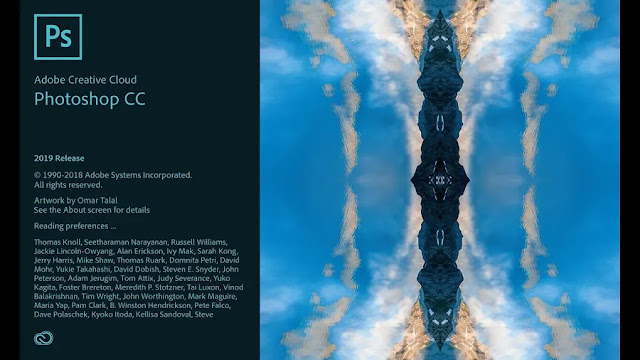Einstein-Rosen Bridges | Faster than Light
Space is big, as Douglas Adams famously wrote in The Hitchhiker’s Guide to the Galaxy. Like, really big. Alpha Centauri – the nearest star system to our own – is more than 4 light years away. Even within our solar system, massive distances make travel timely and difficult to plan.
With current technology, it would take us a century to reach Alpha Centauri. We don’t have a spaceship that can go faster than the speed of light; the fastest speed we can reach using nuclear power is 4.5 percent of lightspeed. Let’s just say you’re going to need a lot of podcasts for the trip.
We haven’t cracked the faster-than-light (FTL) ceiling yet. But science fiction writers have.
The genre is full of examples of starships that can zip across the cosmos at speeds that are highly convenient. Some writers have drawn on real science and principles to explain their physics-bending technology. Others just kind of made it up as they went along.
Here some of the most popular kinds of fictional FTL travel, and how they rate in reality.

"Stepping out into the universe, we must confront the reality of interstellar travel. We must reach far beyond our own lifespans."
- PROFESSOR BRAND, INTERSTELLAR (2014)
EINSTEIN-ROSEN BRIDGES
Also known as wormholes, Einstein-Rosen bridges are perhaps the most commonly known means of interstellar travel — and the most likely to actually exist. Albert Einstein’s general theory of relativity predicted wormholes, although we haven’t seen one yet.An Einstein-Rosen bridge, to put it as simply as possible, is a shortcut through space caused by the warping of spacetime. Massive objects like stars or black holes bend time and space like a bowling ball on a trampoline. A massive enough object could bend spacetime to create a connection between two otherwise distinct points.
Or, as one character says to another in Interstellar, picture a piece of paper folded on itself, then pierced with a pencil. If you want to travel across the surface of the paper to get point to point, it’ll take a while. But if you can use the pencil as a bridge, it’s a significantly shorter trip.
The entrance to a wormhole has often been represented as a tube, which makes sense given the name. But it’s also inaccurate. Interstellar, in one of its most intense scenes, got it right. From our perspective in 3-D space, a wormhole should look like a sphere.
Wormholes are an attractive approach to FTL technology because they don’t require you to break the speed of light. Physics tells us nothing can go faster than light. But with wormholes — shortcuts, basically — spacecraft could enter and exit at sub-light speeds.
That makes them a perfect fit for any fictional plot, allowing a quick way to get from Point A to Point B. In Douglas Adams’ satirical Hitchhiker’s Guide, the Earth was demolished by the Vogons to make way for a hyperspace bypass — a wormhole by any other name — which would supposedly speed up galactic travel.
The Marvel Cinematic Universe is littered with wormholes. The Bifrost that allows Thor to travel from Asgard to Earth is explicitly described as an Einstein-Rosen bridge by Dr. Jane Foster in Thor. Invading aliens open a wormhole-like portal over New York city in The Avengers. Similar doorways are shown as part of a galactic superhighway system in Guardians of the Galaxy, Vol. 2, while the Revengers escape from Sakaar through “The Devil’s Anus” in Thor: Ragnarok, described by Bruce Banner as “a neutron star colliding with an Einstein-Rosen Bridge” (read: plot device).
Wormhole theory also allows for the possibility of traveling between universes. Einstein-Rosen bridges are key to Rick and Morty’s various misadventures; the mad scientist’s portal gun can open doorways to other galaxies and parallel realities.
Some spoilsport scientists claim a wormhole caused by some sort of supermassive black hole would likely be too unstable to go through. A 1962 paper by John Archibald Wheeler and Robert W. Fuller argued such a bridge would collapse too quickly. On the other hand, physicists like Stephen Hawking and Kip Thorne have theorized wormholes could be theoretically stabilized with the right amount of energy. But that’s a big “if.”
Realism rating: 4/5. Fairly high, considering how many of Einstein's predictions have been proven right. Wormholes are probably out there ... we just have to find them.
"Imagine that! It never occurred to me to think of space as the thing that was moving!" - MONTGOMERY SCOTT, STAR TREK (2009)







No comments:
You are welcome to share your ideas with us in comments!